Trivia question for Oct-30-2011
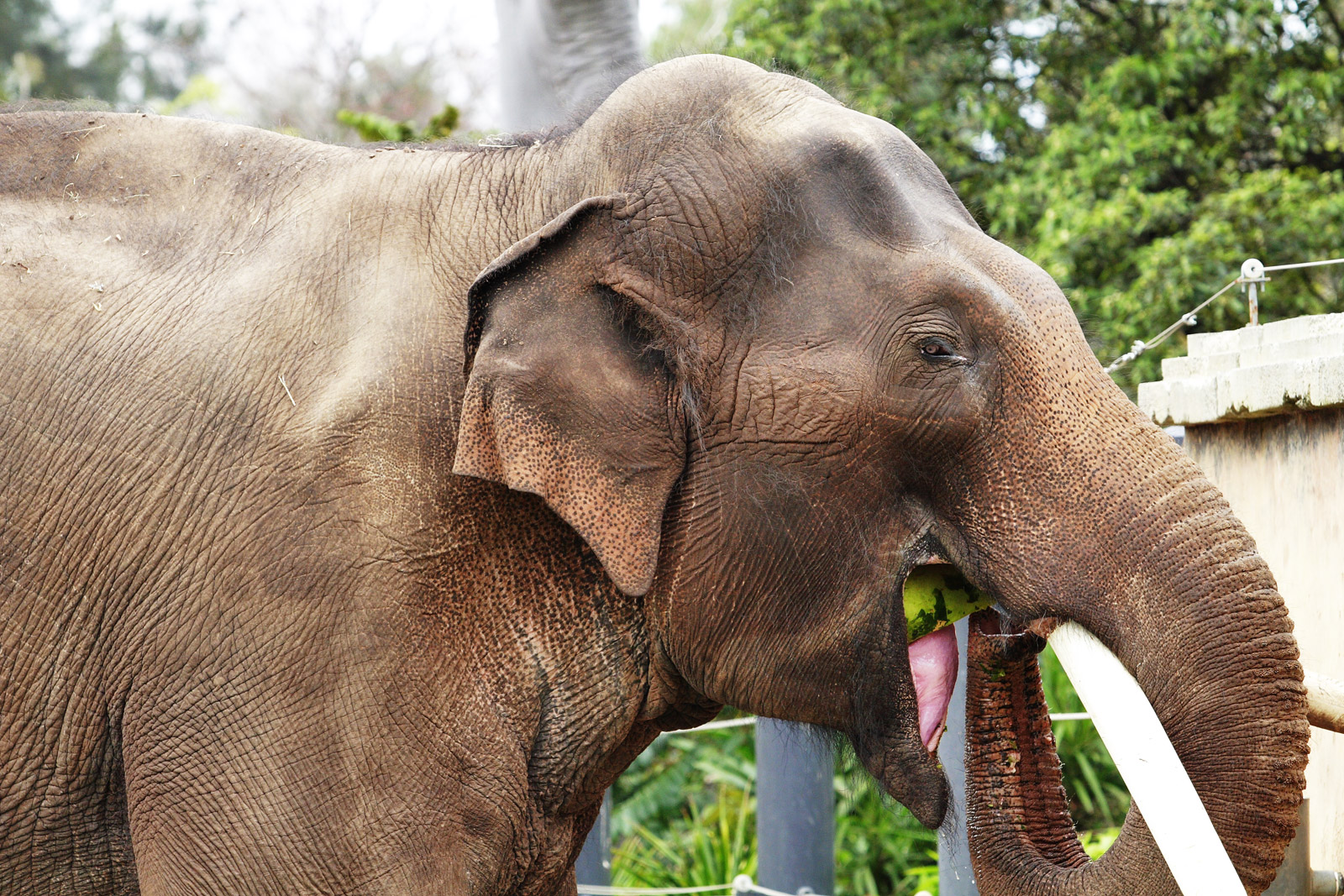
These are the second largest living land animals. They live in extended, family-based herds led by the eldest female. These guys have been used as a ‘Beast of Burden’ for over 5,000 years. These animals is widely domesticated, and has been used in forestry for centuries and also for ceremonial purposes. Historical sources indicate that they were used during harvest seasons primarily for milling.
Trivia question for Oct-29-2011
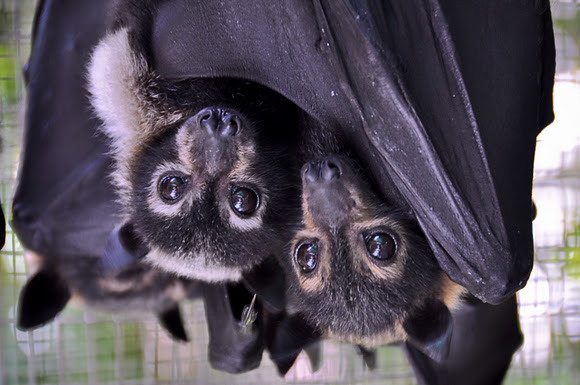
Their favorite roosting locations are in the canopies of trees in rainforests, such as mangroves, eucalyptus, or paperbark while in the sun, and colonies can number in the hundreds. They prefer to stay close to these locations as they offer abundant sources of food, shelter, and places to roost at night.
Trivia question for Oct-28-2011
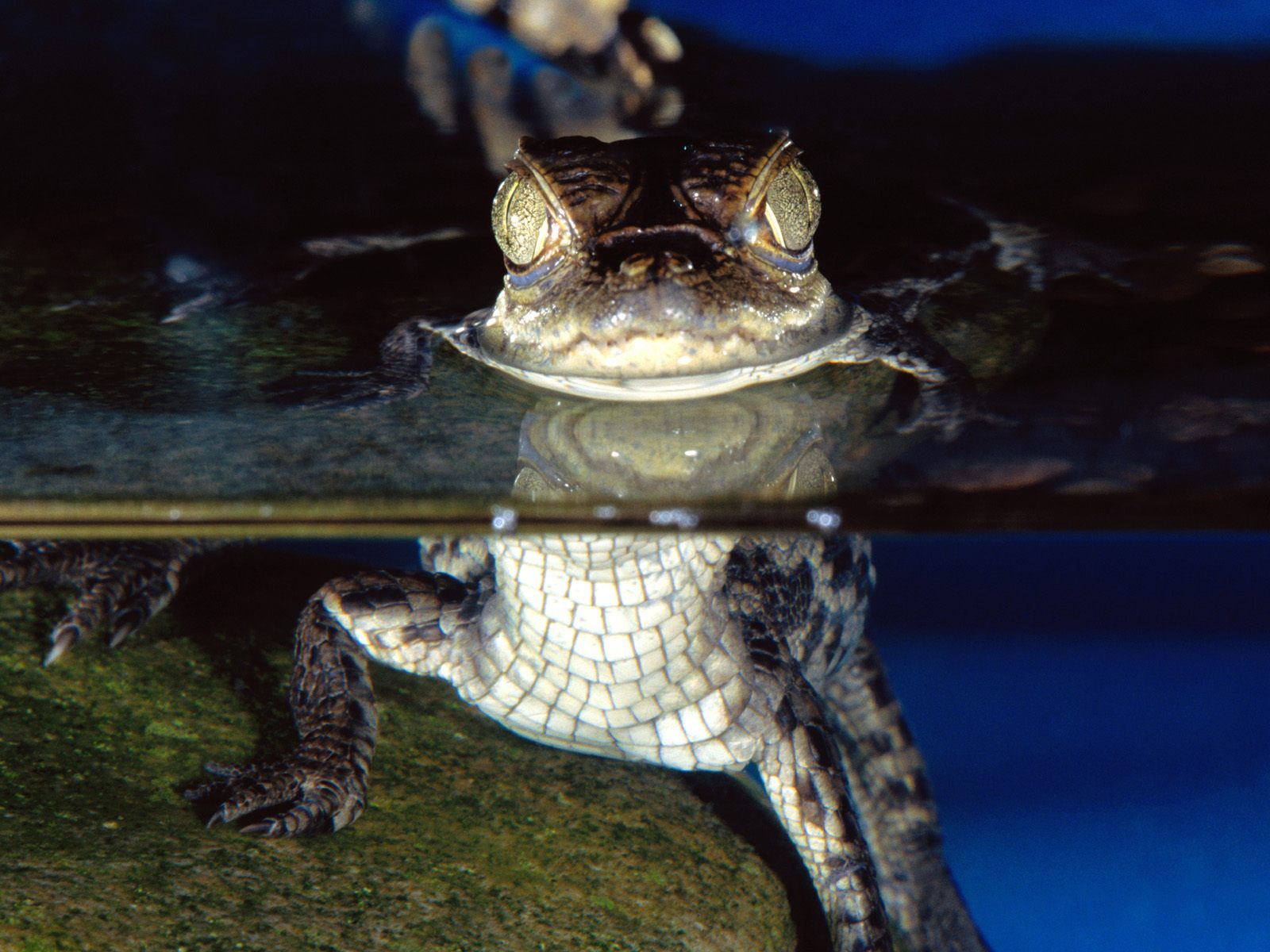
It lives in a range of lowland wetland and riverine habitat types and can tolerate salt water as well as fresh; due in part to this adaptability it is the most common of all crocodilian species.
Trivia question for Oct-27-2011
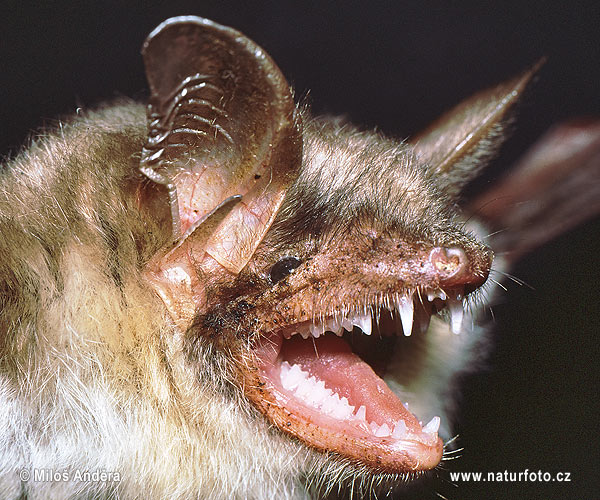
These bats hibernate in clusters in caves and forms large summer roosting colonies. They are increasingly rare across its range; listed as endangered by the IUCN (World Conservation Union).
Trivia question for Oct-26-2011
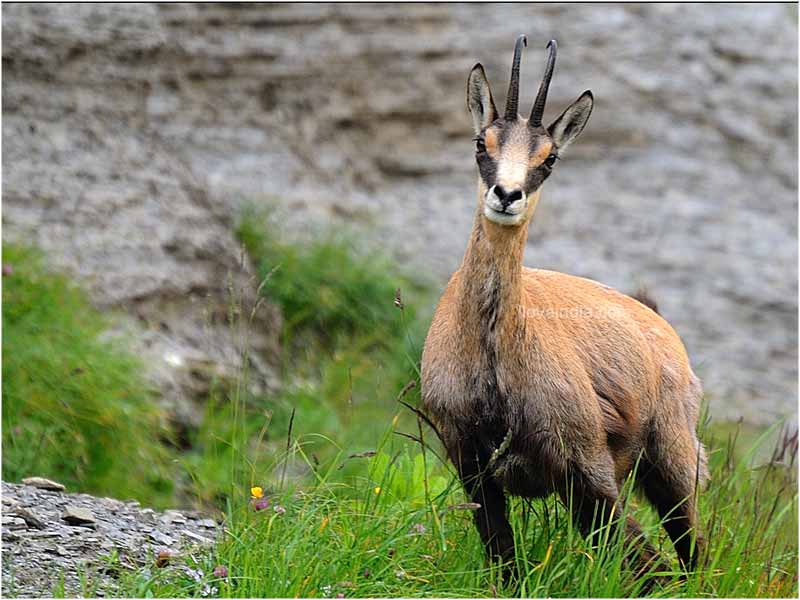
The tuft of hair from the back of the neck, the gamsbart (“beard”), is traditionally worn as a decoration on hats throughout the alpine countries.
Trivia question for Oct-25-2011
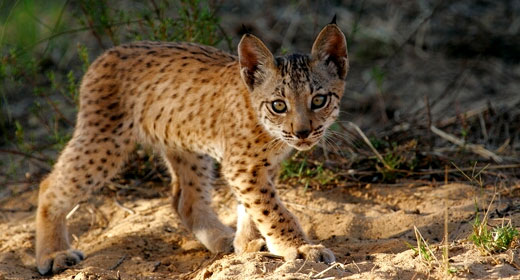
A male requires one rabbit per day; a female bringing up cubs will eat three rabbits per day. As the population of rabbits in its homeland has declined due to myxomatosis, these guys are often forced to attack young fallow deer, roe deer, mouflon, and ducks. They compete for prey with the red fox and the wildcat.
Trivia question for Oct-24-2011
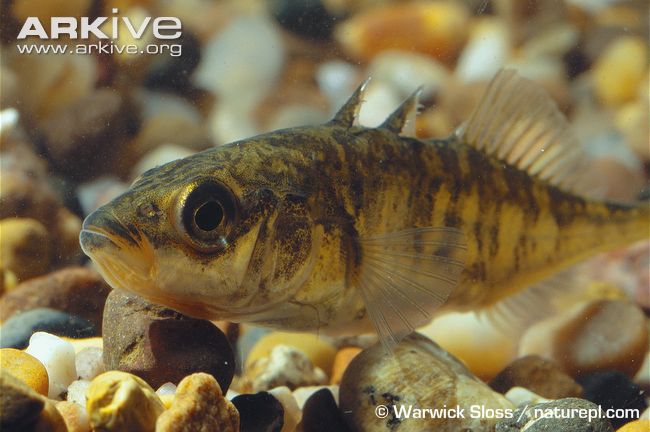
These fish have recently become a major research organism for evolutionary biologists trying to understand the genetic changes involved in adapting to new environments. The entire genome of a female fish from Bear Paw Lake in Alaska was recently sequenced by the Broad Institute and many other genetic resources are available.
Trivia question for Oct-23-2011

These birds wait, listen, and watch for prey, then swoop down; they also may fly low through open areas in search of prey. Their large facial disks, also known as “ruffs”, focus sound, and the asymmetrical placement of their ears assists them in locating prey, because of the lack of light during the late and early hours in which they hunt.
SKA Academy of Art and Design’s Plastic Awareness Program

Recently we had the opportunity to present our program “Plastic Awareness Week” program to the extremely talented students from the SKA Academy of Art and Design school in Duluth GA. Co-founder of the school Dr. Leng Chee Chang (who is a Graduated with Ph.D. Degree in Pharmacognosy from University of Illinois at Chicago) heard about our program and invited Olivia and Carter to come and teach to several of their classes over the course of several weeks.
Trivia question for Oct-22-2011
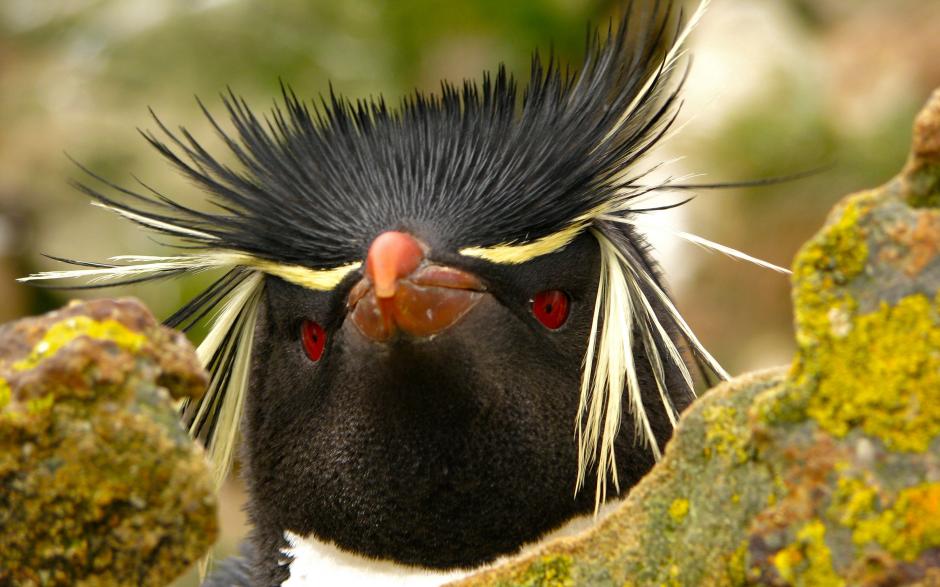
One of these penguins was named “Rocky” in the Bergen Aquarium in Norway, which lived to 29 years 4 months. It died in October 2003. This stands as the age record for this species of penguins, and possibly it was the oldest penguin known. Their breeding colonies are located from sea-level to cliff-tops and sometimes inland. Their breeding season starts in September and ends in November.
EEA Outdoor Learning Symposium
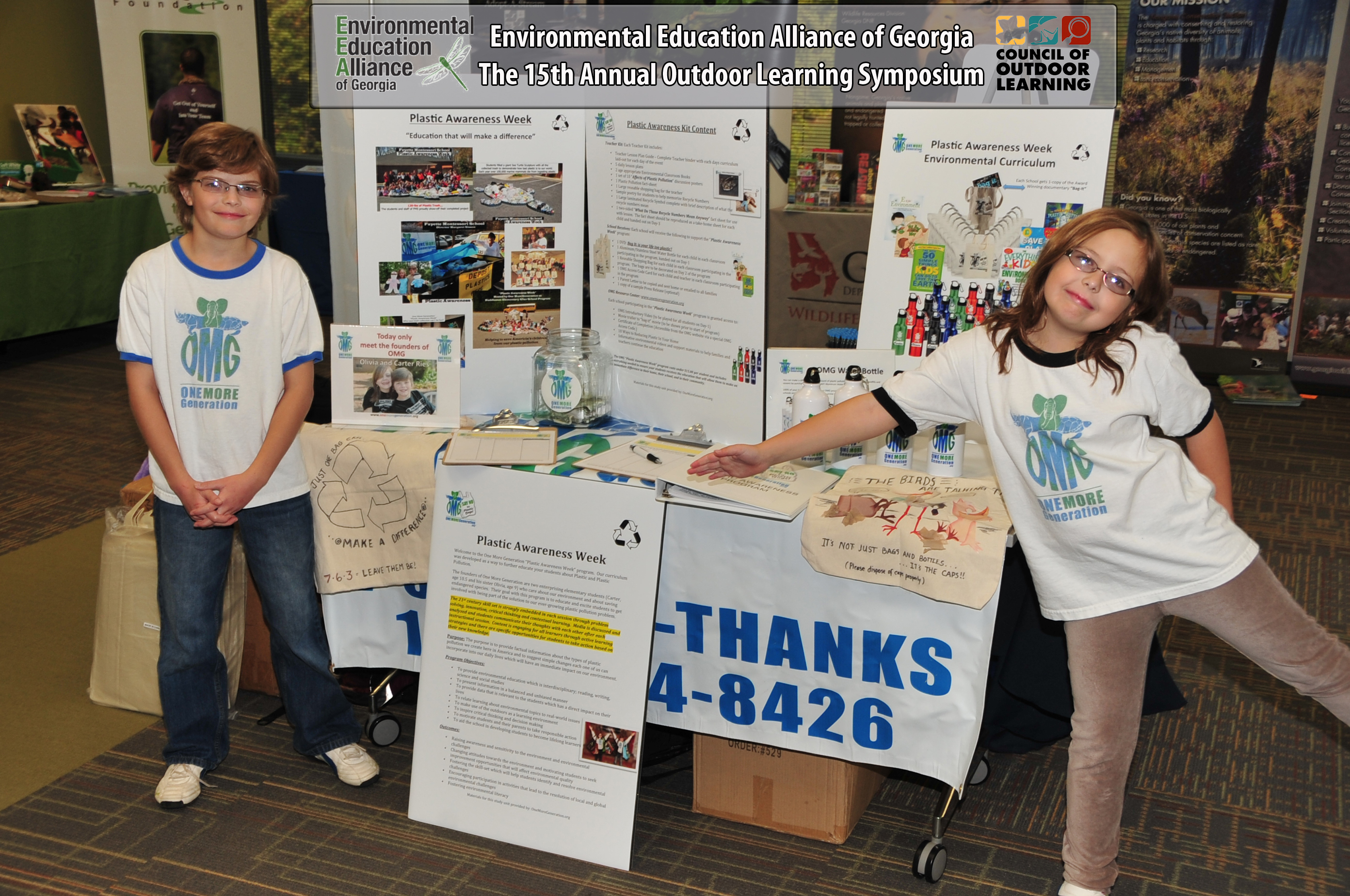
The 15th annual Outdoor Learning Symposium was held Friday, October 21, 2011, at Georgia Perimeter College: Decatur Campus. This year’s theme, “Leaving Footprints : Natural Paths to Learning”, evolved from many different modes and methods of Outdoor Learning. It truly refers to leaving lasting impressions or “footprints” in the minds of students and using the natural world as a path to accomplishing the many standards and concepts that must be taught and learned along the way. OMG was invited to feature our “Plastic Awareness Week” curriculum program to the many teachers and educators in attendance.
Trivia question for Oct-21-2011
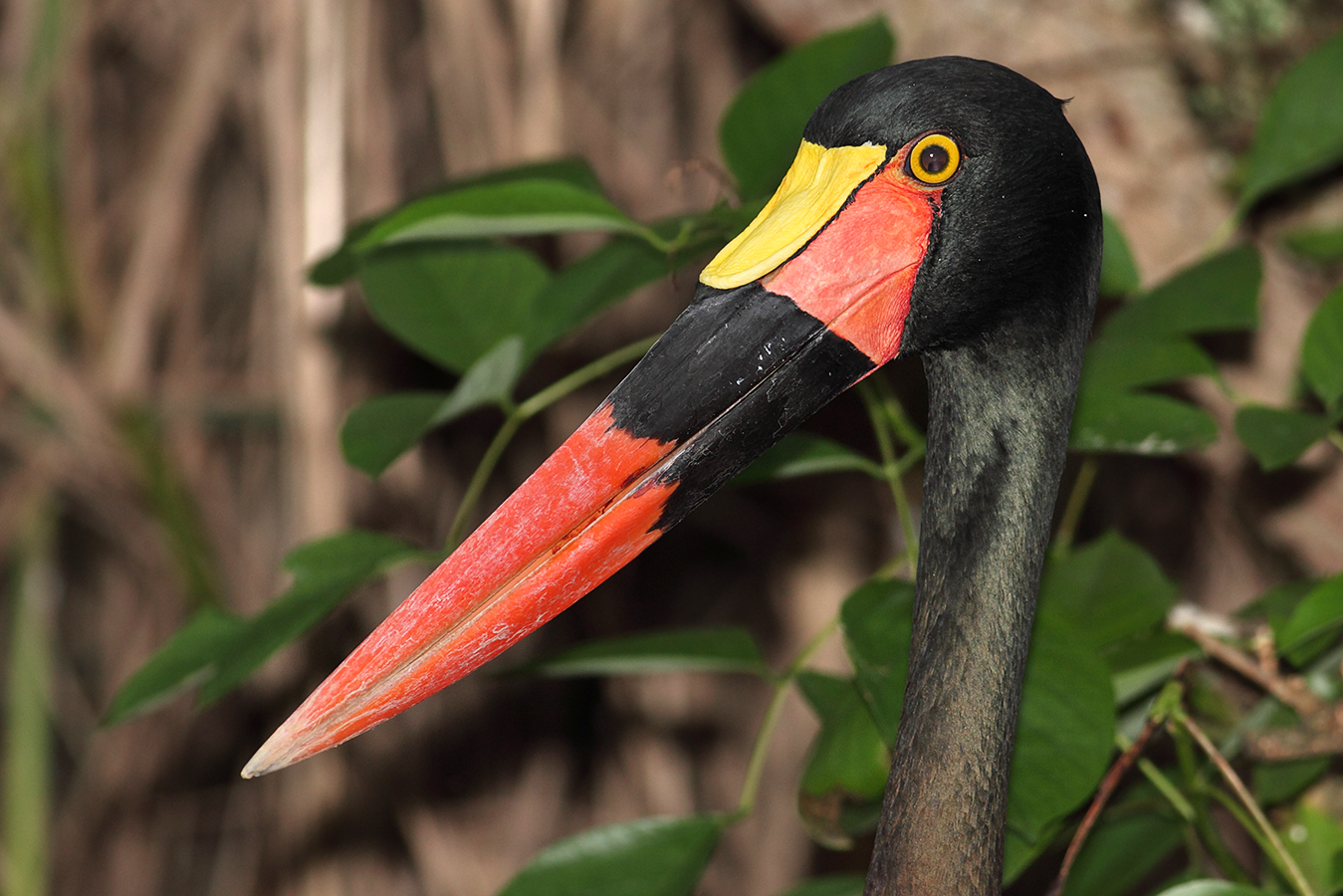
These birds are the tallest and most strikingly colored of their species in Africa. Their broad wings allow it to soar above the plains. It is spectacularly plumaged, identical in male and female. The head, neck, back, wings, and tail are iridescent black, with the rest of the body and the primary flight feathers being white.
Trivia question for Oct-20-2011
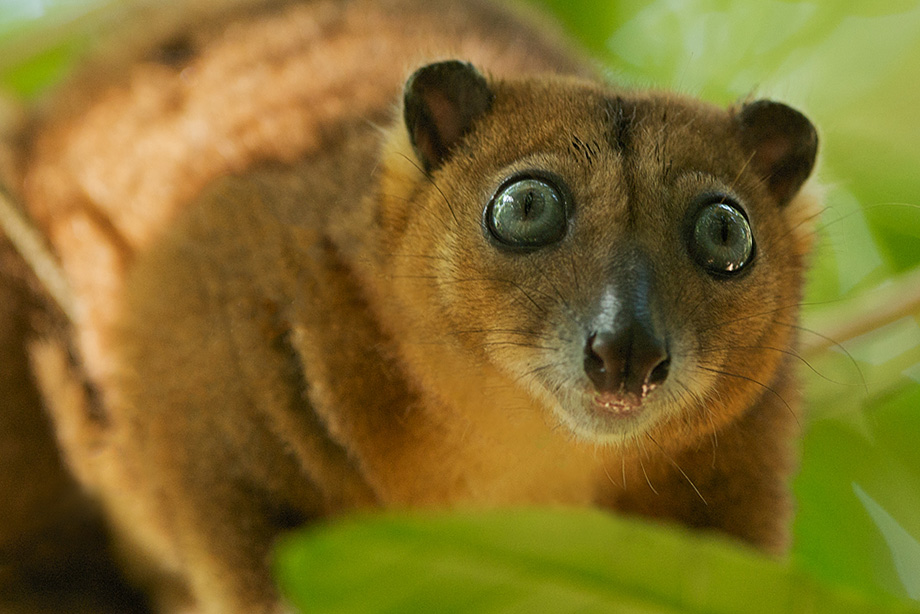
These guys are thought to breed throughout the year rather than having a strict breeding season. The mother gives birth to between 2 and 4 babies after a gestation period of just a couple of weeks.
Trivia question for Oct-19-2011
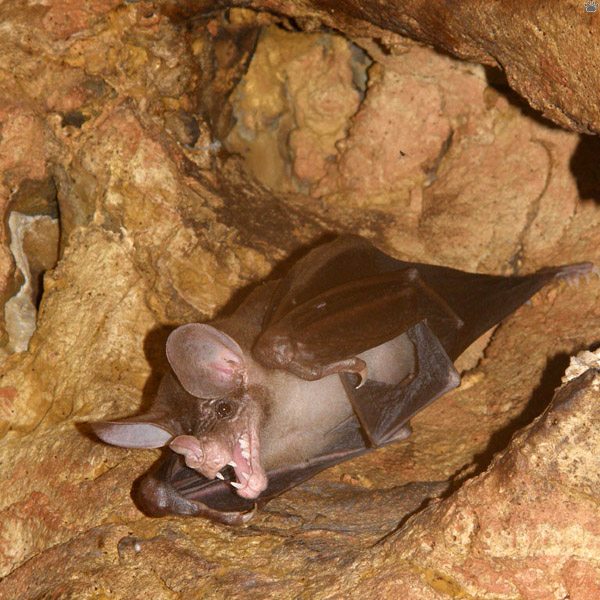
These bats are carnivorous, feeding on birds, rodent and even other bats. With regards to avian prey, this species prefers to hunt birds that weigh between 20 and 150 grams, sleep in foliage rather than in holes or burrows, and either roost communally or have a strong body odor. In one bat roost, the remains of 84 birds from 18 species were found.


